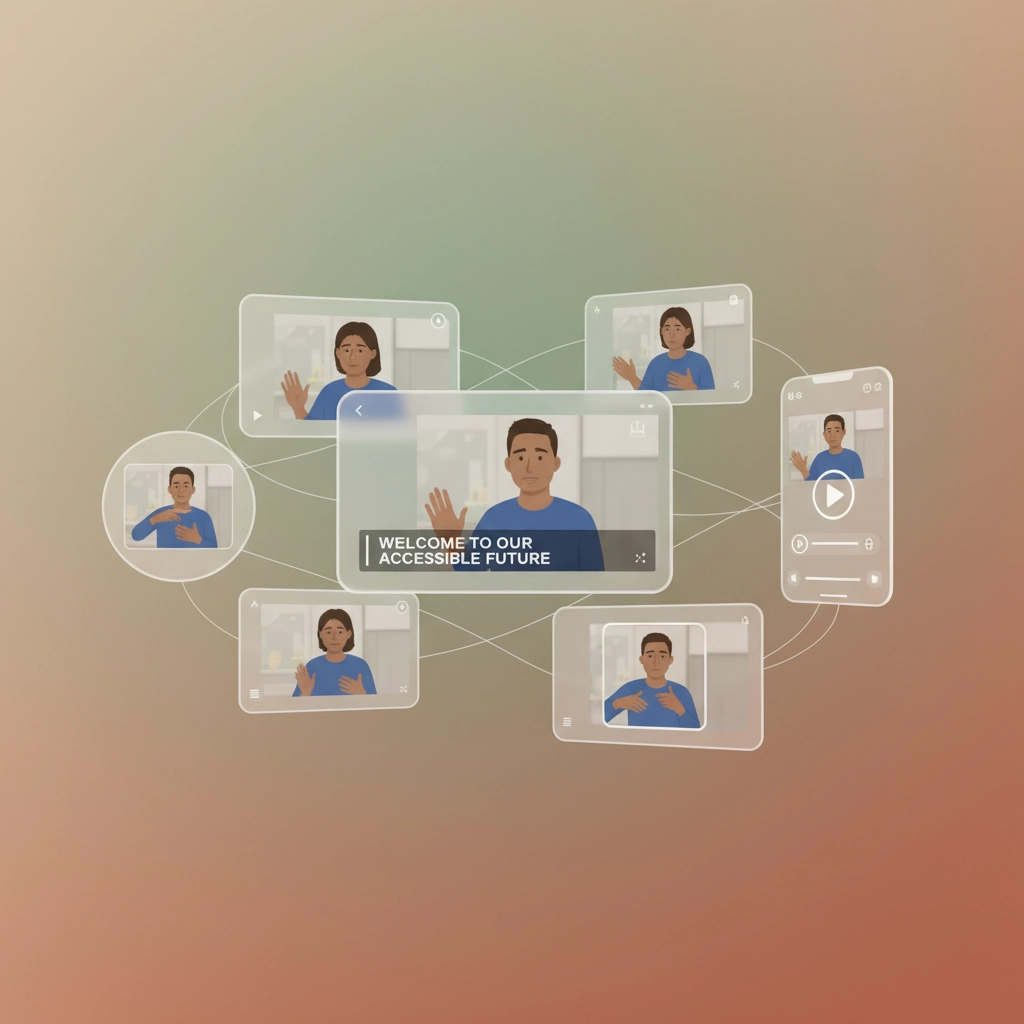How Canadian Government Agencies Use Video To Drive Public Engagement

Let's be honest, getting Canadians excited about government announcements isn't exactly easy. Between hockey playoffs, Tim Hortons runs, and the latest Netflix binge, civic engagement often takes a backseat. But here's what's changing the game: Canadian government agencies are discovering that video isn't just nice-to-have content anymore, it's become their secret weapon for actually connecting with citizens.
And guess what? It's working better than anyone expected.
The Reality Check: Why Traditional Government Communication Falls Flat
You know that feeling when you receive a 47-page PDF about municipal budget changes? Yeah, nobody's reading that. Traditional government communication, press releases, dense reports, formal announcements, might check all the legal boxes, but they're about as engaging as watching paint dry in a snowstorm.
Canadian agencies have realized something crucial: if you want citizens to participate in democracy, you need to meet them where they are. And where are they? Scrolling through social media, watching YouTube videos, and consuming bite-sized content that actually makes sense.

How Government Agencies Are Using Video Right Now
Live-Streamed Town Halls and Council Meetings
Over 1,800 government agencies across North America, including hundreds in Canada, are now using specialized video platforms to broadcast their meetings live. This isn't just about transparency (though that's huge); it's about accessibility.
Think about it: instead of requiring residents to show up at city hall on a Tuesday at 2 PM, agencies can now stream council meetings, budget discussions, and public hearings directly to Facebook, YouTube, and their websites. Citizens can watch from their couch, ask questions in real-time through chat, and actually participate in local government without taking time off work.
The Town of Ajax in Ontario, for example, has seen participation in council meetings increase by 300% since they started live-streaming. People who never would have attended in person are now regular virtual attendees, asking questions and staying informed about local issues.
Explainer Videos That Actually Explain Things
Remember when understanding government services meant deciphering bureaucratic language that seemed designed to confuse? Canadian agencies are ditching that approach for clear, conversational explainer videos.
The Ontario government's "How to Apply for OSAP" video series breaks down the student loan process into digestible 3-minute segments. Instead of navigating a maze of forms and fine print, students get step-by-step visual guidance that makes sense. The result? Application completion rates jumped 40%, and support calls dropped significantly.

Crisis Communication That Builds Trust
During the pandemic, Canadian health agencies discovered that video communication could be both informative and reassuring. Dr. Bonnie Henry in British Columbia became a household name partly because her daily video briefings felt personal and trustworthy, not like she was reading from a government script.
These regular video updates created a sense of connection and transparency that traditional press releases never could. Citizens felt informed, not just lectured to.
The Technology Making It All Possible
Multi-Platform Broadcasting
Here's where it gets interesting from a production standpoint. Canadian government agencies aren't just posting videos on one platform and calling it a day. They're simultaneously broadcasting to:
- YouTube for searchable, long-term content
- Facebook for community engagement
- Twitter for real-time updates
- Their own websites for official records
This multi-platform approach ensures messages reach different demographics where they already spend time online.
Accessibility Features That Matter
Canadian agencies are leading the way in making video content truly accessible. We're talking about:
Closed captioning in both official languages (and often additional community languages)
Audio descriptions for visually impaired citizens
Sign language interpretation for deaf and hard-of-hearing community members
Mobile-optimized formats so people can watch on any device
The City of Vancouver's video content includes automatic transcription in multiple languages, making city council discussions accessible to the city's diverse population.

Success Stories from Across Canada
Tourism and Economic Development
The Government of Newfoundland and Labrador's tourism videos aren't your typical government fare. Instead of dry promotional material, they created storytelling-focused content featuring real residents sharing their experiences. These videos generated millions of views and directly contributed to a 15% increase in tourism inquiries.
Public Health Campaigns
Quebec's public health agency created a series of short, shareable videos addressing vaccine hesitancy. Instead of lectures from officials in suits, they featured everyday Quebecois sharing their experiences and concerns. The authentic, conversational approach led to higher engagement rates than any previous health campaign.
Municipal Services
The City of Calgary revolutionized how they communicate about snow removal, yes, snow removal: with weekly video updates during winter. Citizens can see which neighbourhoods are being prioritized, understand the challenges crews face, and feel informed rather than frustrated. Complaints dropped by 60% while citizen satisfaction increased.
What Makes Government Video Content Actually Work
Authenticity Over Polish
Here's something interesting: the most successful government videos aren't the most polished ones. Citizens respond better to authentic communication than to overly produced content that feels corporate or fake.
The most effective government videos feature real employees, use conversational language, and acknowledge challenges honestly. When the Mayor of Toronto admits that construction delays are frustrating and explains what's being done about it, people listen.
Storytelling That Connects
Instead of just announcing policy changes, effective government videos tell stories about how those changes affect real people. They show the human impact, not just the bureaucratic process.

Consistent, Regular Communication
The agencies seeing the best results treat video as an ongoing conversation, not a one-time announcement tool. Weekly updates, regular Q&A sessions, and consistent presence build trust over time.
The Collaborative Advantage
Canadian screen agencies: including Telefilm Canada, the Canada Media Fund, the Indigenous Screen Office, and the National Film Board of Canada: have recognized something important: collaboration amplifies impact.
These organizations are working together to better understand audiences and develop more effective engagement strategies. By sharing data and insights, they're helping government agencies create content that actually resonates with different communities across Canada.
Getting Started: Practical Steps for Government Agencies
Start Small, Think Big
You don't need a Hollywood budget to create effective government video content. Start with:
- Simple smartphone videos for regular updates
- Screen recordings for process explanations
- Live streams of existing meetings
Focus on Your Audience's Needs
Ask yourself: what questions do citizens ask most often? What processes confuse people? What information do they actually need? Build your video strategy around answering these real needs.
Measure What Matters
Track engagement, not just views. Are people watching to the end? Are they sharing content? Are support calls decreasing? Are more people participating in public processes?
Want to go deeper on what to track and how to prove impact? Read our post: Demystifying Video ROI: Attribution, Analytics & How to Prove Value.

The Future of Government Video Engagement
Canadian government agencies are just getting started with video. We're seeing experiments with virtual reality for urban planning consultations, interactive videos for service applications, and AI-powered translation for multilingual content.
The agencies that embrace video now: and do it authentically: will build stronger relationships with their communities and more effective public engagement.
Making It Happen
Video isn't just changing how government agencies communicate: it's changing how citizens participate in democracy. When information is accessible, engaging, and human, people pay attention. When they pay attention, they participate. And when they participate, democracy works better.
Ready to help your government agency connect with citizens through authentic, engaging video content? Let's talk about how North Brothers Films can help you create video content that actually serves your community.
